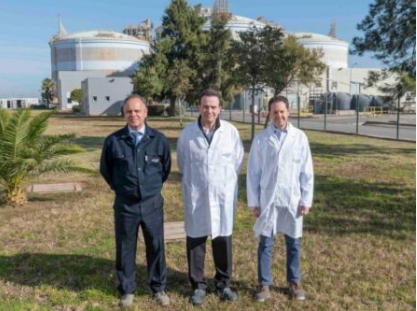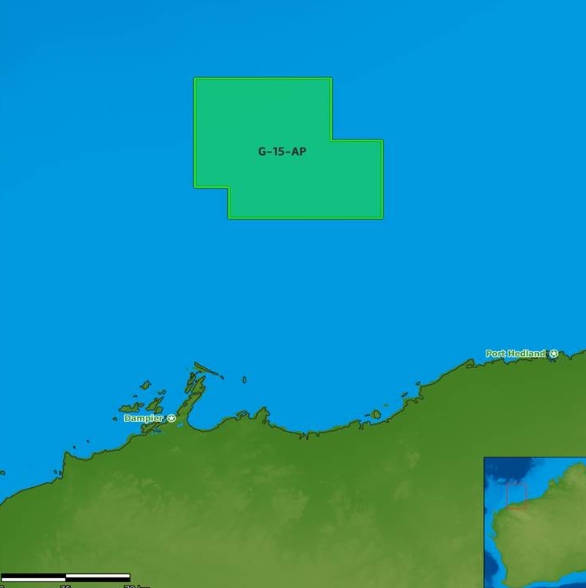A new material for capturing carbon dioxide has been discovered as a result from a joint research study by scientists at Chalmers University of Technology and Stockholm University.
The new material is a bio-based hybrid foam, infused with a high amount of carbon dioxide-adsorbing ‘zeolites’ – microporous aluminosilicates, and has shown promising properties for capturing carbon dioxide.
“In the new material, we took zeolites, which have excellent capabilities for capturing carbon dioxide, and combined them with gelatine and cellulose, which have strong mechanical properties,” said Water Rosas Arbelaez, PhD student at Chalmers’ Department of Chemistry and Chemical Engineering and one of the researchers behind the study.
“Together, this makes a durable, lightweight, stable material with a high reusability. Our research has shown that the cellulose does not interfere with the zeolites’ ability to adsorb carbon dioxide.”
At present, the leading carbon capture and storage (CCS) technology uses ‘amines’, but the solution has several problems such as being environmentally unfriendly, and that larger and heavier volumes are required, but the new material discovered by the Sweden-based scientists overcomes this.
“This research fits well with the ongoing developments within CCS and carbon capture and utilisation (CCU) technology, as a sustainable alternative with great potential,” said Professor Anders Palmqvist, Research Leader for the Study at Chalmers.
“In addition to bio-based materials being more environmentally friendly, the material is a solid – once the carbon dioxide has been captured, it is therefore easier and more efficient to separate it than from the liquid amine solutions.”
Zeolites have been proposed for carbon capture for a long time but have been stopped from use due to the fact that ordinary, larger zeolite particulates are difficult to work with when they are processed and implemented in different applications. Overcoming this obstacle has therefore been a vital breakthrough.







